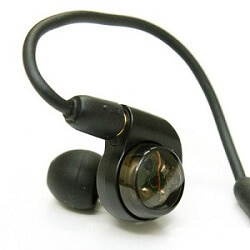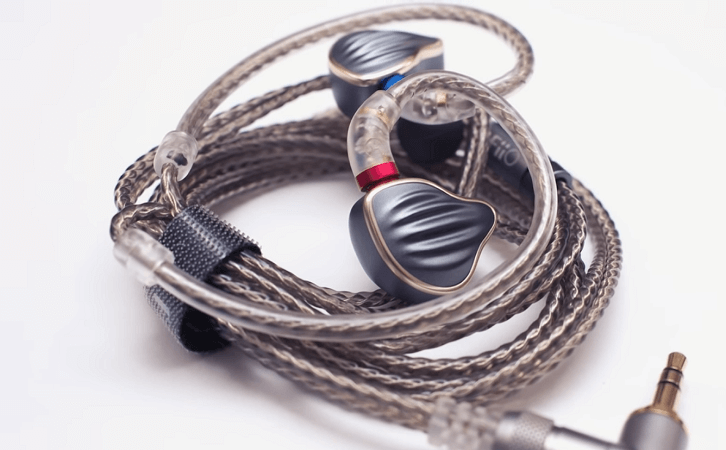The Shure SE846 is a great sounding IEM. We do love the bass and midrange. The build is great, and the IEM is comfortable. Sound isolation is top.
Best Electronic Drum Headphones
Unveiling the top electronic drum headphones - from budget finds to premium sound quality. Elevate your drumming experience now!















